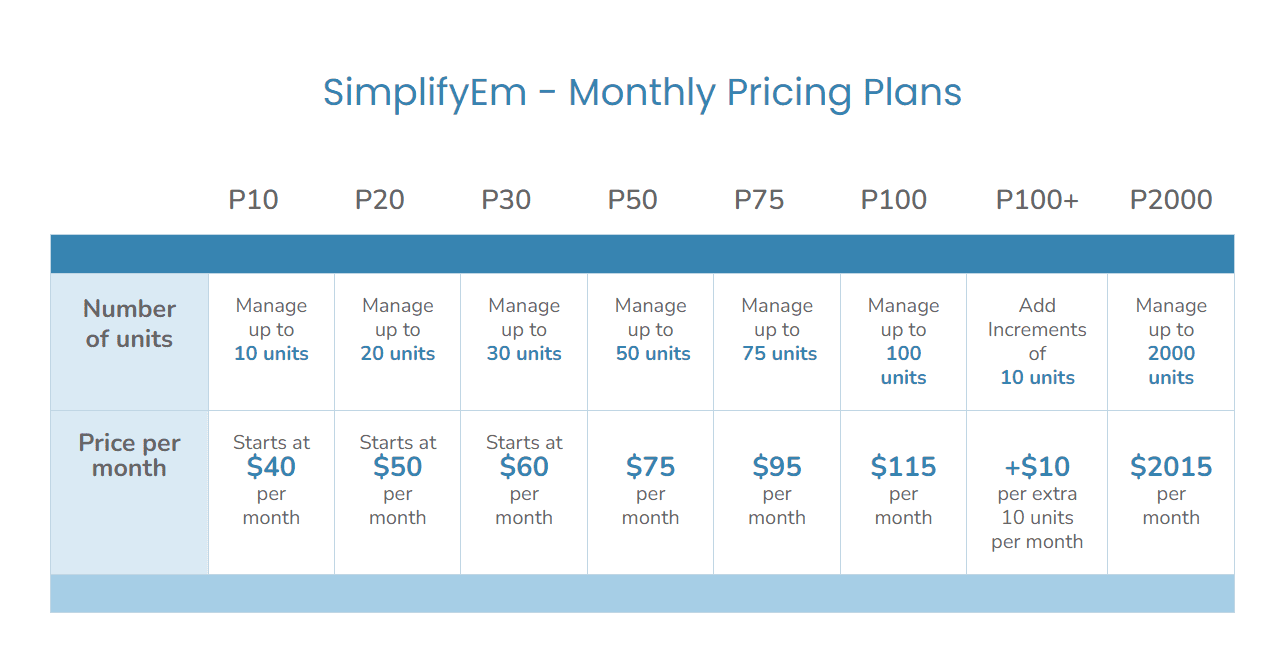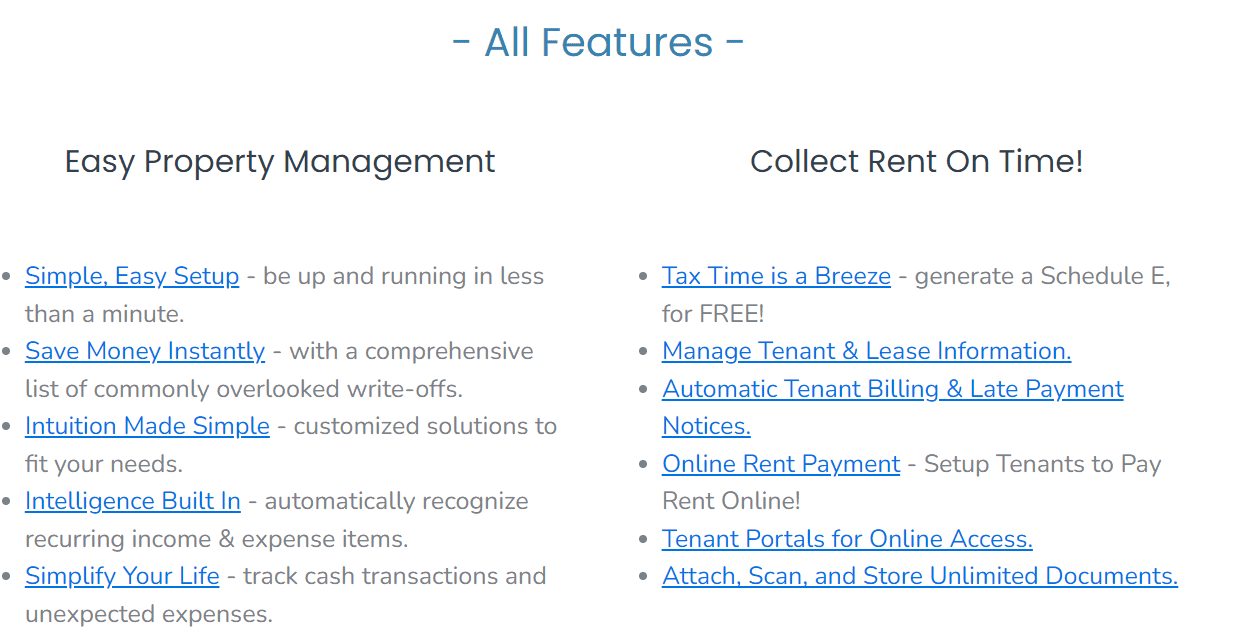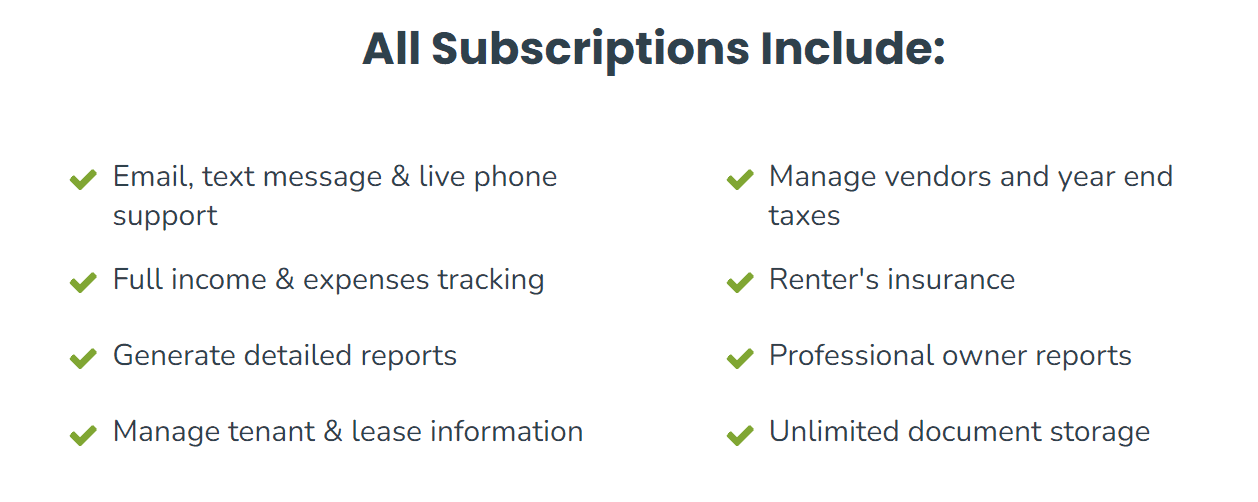Managing vacancies in rental properties can be costly and time-consuming. To mitigate these challenges, leveraging rental listing sites can be an effective strategy. These platforms not only attract potential tenants, but also streamline the rental process through advanced features.
This guide looks at the top 4 rental listing sites for 2024. It explains what makes each one special and gives tips on how to use them best. If you’re a property manager or landlord needing to fill vacancies quickly, knowing the benefits of these platforms can help you make better decisions and improve how you manage your properties.

What Is a Rental Listing Site?
A rental listing site is an online platform designed to advertise vacant rental properties to prospective tenants. These sites serve as a bridge between landlords, property managers, and individuals seeking rental housing. The primary goal of these platforms is to simplify the process of finding and filling rental properties by providing a centralized location where listings can be easily accessed and searched.
Rental listing sites typically feature high-quality photos, detailed property descriptions, and virtual tours to give potential tenants a comprehensive view of the property without needing to visit in person. Many sites also offer additional services such as tenant screening, lease agreement facilitation, and communication tools to streamline the rental process further.
One of the key benefits of using rental listing sites is the ability to reach a broad audience quickly. By listing a property on popular sites, landlords and property managers can increase their property’s visibility, attracting more potential tenants and reducing vacancy periods.These platforms usually have search tools that let users find listings based on things like location, price, number of bedrooms, and amenities.
Which Site is Best for Listing Rental Properties?

Choosing the best site for listing rental properties depends on various factors such as your target audience, budget, and specific needs. There isn’t a single definitive answer, as each platform offers unique features and benefits. To maximize exposure, it’s recommended to list on several popular sites. Here are some top platforms:
- Zillow Rental: Known for its extensive reach and user-friendly interface.
- Apartments.com: Offers detailed listings and advanced search features.
- Facebook Marketplace: Great for local listings and social media integration.
- Craigslist: Popular for its simplicity and wide audience.
Each of these sites has its own pricing models and online traffic, making them valuable for different reasons. By leveraging multiple platforms, you can increase your chances of finding the right tenants quickly.
Features of the Best Rental Listing Sites
- Search filters: Narrow down listings by pet policies, size, price, location, etc.
- Property listings: Include photos, descriptions, floor plans, and amenities.
- Dynamic map search: Search rentals by moving around an interactive map.
- Neighborhood Ratings: Information on walkability, public transportation, schools, and crime rates.
- Online applications and background checks.
- Virtual tours: 360 walkthroughs or videos.
- Tenant reviews of properties.
- Saved searches: Save favorite listings for later.
- Listing analytics: Views, applicants, and bookmarks.
Zillow Rental
Features and Benefits
Zillow Rental is a top site with over 30 million visitors each month. It also includes sister brands like Trulia and HotPads. Their data-driven recommendation algorithm offers personalized experiences.
How to Use Zillow Rental
- Create an account on Zillow Rental Manager.
- Post a listing and fill out property details:
- Confirm address, add square footage, number of bedrooms and bathrooms.
- Write a property description highlighting unique features and nearby amenities.
- Set rent price, security deposit, pet policy, lease terms, and upload photos/3D tours.
- Manage your listing on the dashboard:
- View inquiries and manage applications.
Pros and Cons
- Pros: A comprehensive set of tools, online tenant screening capabilities, and in-depth analytics.
- Cons: Fees for additional listings ($9.99 each), charges for applications and screenings ($29).
Apartments.com
Features and Benefits
Apartments.com sees over 81 million renter visits monthly. It highlights unique property features and nearby amenities, offering a rent comparison report.
How to Use Apartments.com
- Create an account and upload property details:
- Specify property type, address, and other details.
- Check off additional amenities and upload photos.
- Completion:
- Manage listing, add videos (requires a premium upgrade).
Pros and Cons
- Pros: Extensive network, national advertising campaign.
- Cons: Lack of transparent pricing for premium features.
Facebook Marketplace
Features and Benefits
Facebook Marketplace is free and user-friendly with a large user base. It features an interactive map for prospective tenants.
How to Use Facebook Marketplace
- Login to Facebook and create a new home listing.
- Fill out property details:Upload photos and videos, fill in details like property type, number of bedrooms, bathrooms, and description.
- Publish and share the listing.
Pros and Cons
- Pros: Free, easy to use, large user base.
- Cons: Lack of background checks, potential for illegitimate listings.
Craigslist Rentals
Features and Benefits
Craigslist has a low barrier to entry, allowing anyone to post a listing quickly.
How to Use Craigslist Rentals
- Choose the property location and create an account.
- Post an ad: Add a title, neighborhood, zip code, and detailed description.
- Specify rent, square footage, and housing type, and upload images.
Pros and Cons
- Pros: High visibility, fees depend on the city and state, direct communication with applicants.
- Cons: High risk of scams, requires higher awareness and caution.
SimplifyEm offers rental advertising where customers can post to 20 websites with 1 click
Advertise Your Property with Ease Using SimplifyEm
Effortlessly List Your Properties on Top Rental Sites
SimplifyEm streamlines the process of listing your rental properties by automatically posting to popular rental websites like Zillow, Trulia, Hotpads, Craigslist, and many more. With just one click, your property gains a strong online presence, reaching potential tenants quickly and efficiently.
Professional Webpages for Your Listings
SimplifyEm not only posts your listings across various platforms, but also provides a professional webpage for each property. These webpages can be easily shared and integrated into your existing website, ensuring a seamless experience for both you and your potential tenants. This feature allows you to focus more on your business while SimplifyEm handles the listing details.
Start Advertising Your Property Today
SimplifyEm makes advertising your property easy and hassle-free. Get started today without the need for a credit card and see how SimplifyEm can help you fill your vacancies faster and more efficiently. Create professional webpages for your listings, share them effortlessly, and integrate them into your existing website for a seamless experience.
Ready to streamline your property management?
- Create professional web pages effortlessly
- Share listings across multiple platforms
- Integrate seamlessly into your website
- No credit card is required to start
Try SimplifyEm Today!
- Free Demo: Explore all the features SimplifyEm offers with a no-obligation demo.
- Free 14-Day Trial: Experience the full power of SimplifyEm with a free 14-day trial. No credit card is required.
Get started now and see how SimplifyEm can transform your property management experience.

















